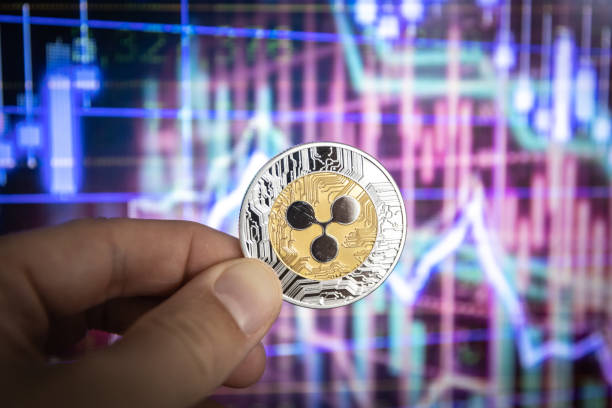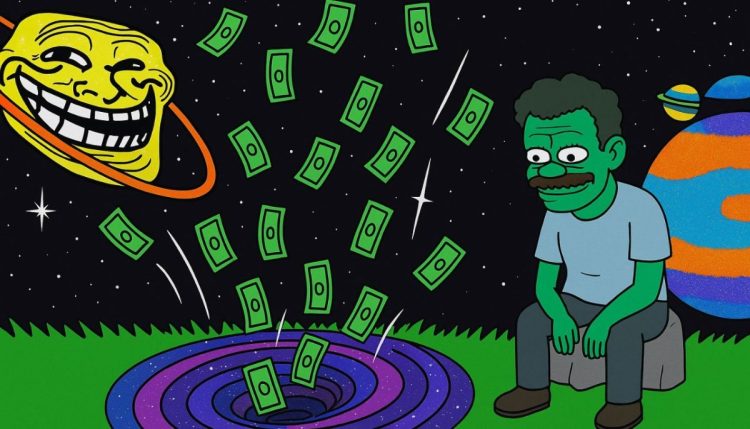Bitcoin, Ethereum Markets: Retail FOMO vs. Whale Accumulation
Note: This post may contain affiliate links, and we may earn a commission (with No additional cost for you) if you make a purchase via our link. See our disclosure for more info. The crypto world is constantly changing. This content is for informational purposes only and not financial, legal, or professional advice So, please verify the info on the cryptocurrency provider’s websites.
Bitcoin and Ethereum experienced recent gains, with Bitcoin rising 6.2% and Ethereum by 9.6%. However, this momentum has stalled. Analysis of on-chain data reveals contrasting trends. Ethereum shows consistent inflows to Binance over five days, potentially signaling selling pressure or repositioning by large players. Conversely, Bitcoin's short-term holder (STH) Net Position Realized Cap has significantly increased, suggesting increased retail investor activity, often seen near market tops. This influx of retail investors, driven by fear of missing out (FOMO), historically precedes short-term corrections. In contrast, Ethereum exhibits a different dynamic, with long-term holders accumulating during recent price consolidation, indicating confidence in the asset's future. Macroeconomic factors further complicate the outlook. Donald Trump's proposed tax cut bill could boost consumer liquidity, potentially impacting investor appetite in both traditional and digital markets. However, concerns remain about the bill's potential to increase the federal deficit and cause economic instability. This uncertainty, coupled with geopolitical risks, may lead investors to shift away from riskier assets like cryptocurrencies towards safer options. The interplay between retail FOMO in Bitcoin, whale accumulation in Ethereum, and macroeconomic uncertainty paints a complex picture for the near-term future of these cryptocurrencies. The market's direction will likely depend on how these factors interact.










